Birding in Costa Rica, what to expect?
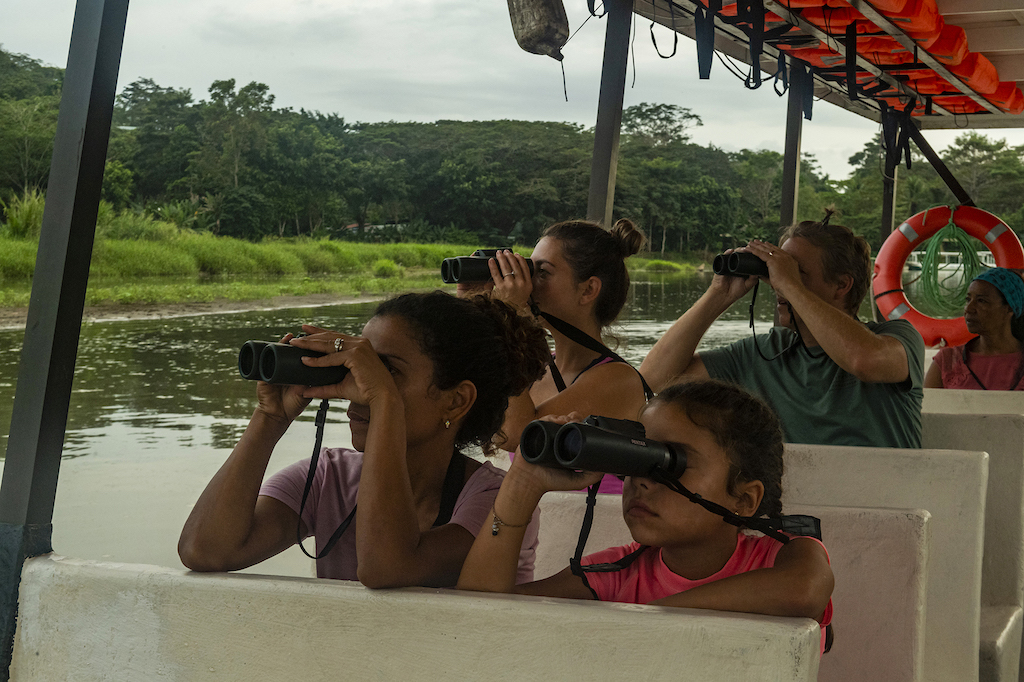
A kingdom of tropical biodiversity, Costa Rica is only the size of West Virginia but lodges 5% of Earth’s species. This small Central American country, located between Nicaragua and Panama, has a land area of 51,100 km2 in addition to 589,000 km2 of territorial waters and 801 miles of coastline.
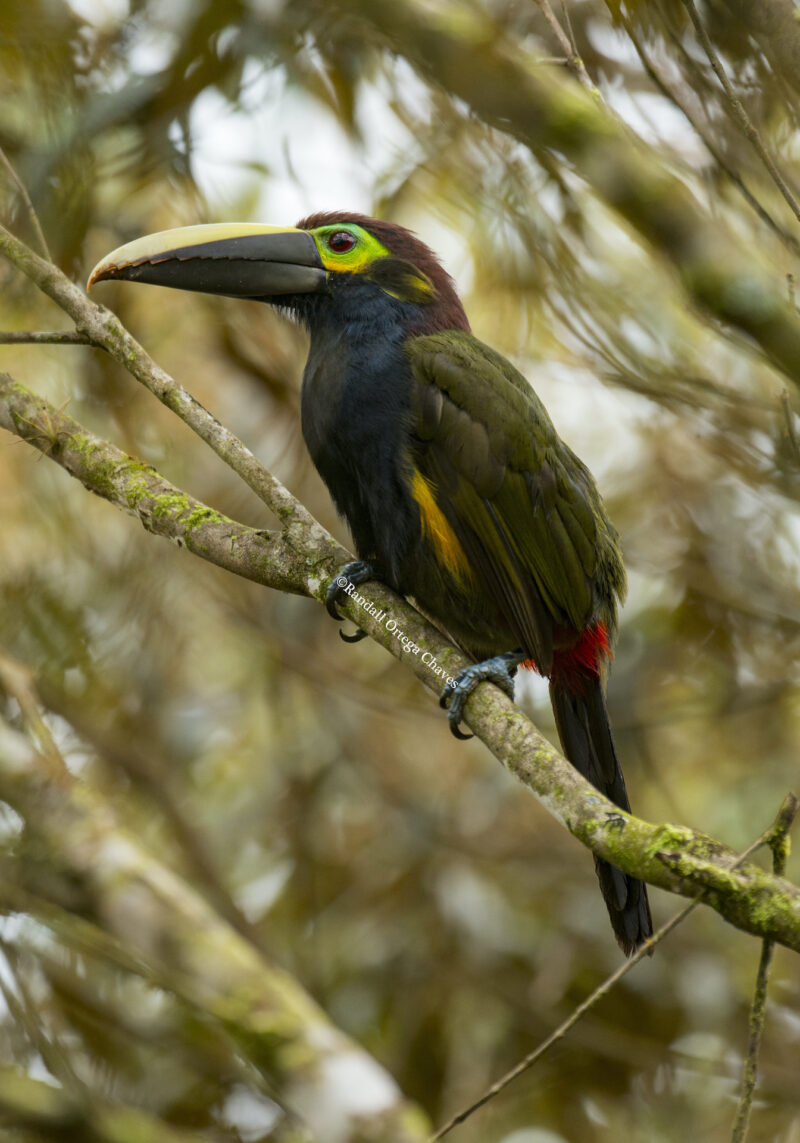
The central mountain range – including seven active volcanoes – tapers to both Pacific and Atlantic coasts, providing an incredible variety of habitats and ecosystems. In the highlands, you can hike through the cloud forest and paramo (montane tundra); along the coast, you can explore the mangrove and the beautiful coral reefs; and in the lowlands, you’ll find wet forests, seasonally dry forests, and vast wetlands, including 12 RAMSAR wetlands sites of international importance.
With approximately more than 932 species of birds, Costa Rica has long been a mecca for birders from all around the world. One of the world’s most famous ornithologists, Alexander Skutch, fell in love with this country, set up a homestead.
The country has decided to promote birding observation strongly, as it is an activity that moves around nine million tourists per year. By enjoying birding in Costa Rica you can observe up to 100 species in just one day. That is an advantage considering that in other countries the possibilities of observing birds are limited to a few hours in the morning and at the very end of the afternoon.
Here there are a lot of options and opportunities of enjoying great Costa Rica tours of birdwatching throughout the day and in different and varied locations along the country according to the preferences of the tourists. Besides, the short driving distances between two different spots in Costa Rica ease the mobilization in order to watch different species, in different places, but all in the same day.
While you are doing what you love to do, you will be surrounded by the natural splendor of the rainforest, dry forest, cloud forest, mountains, volcanoes, rivers, lagoons, waterfalls, and breathtaking scenery. And the enormous variety of habitats often in close proximity to each other will give you the chance to find many species within a single day’s travel.
When is the best time to visit?
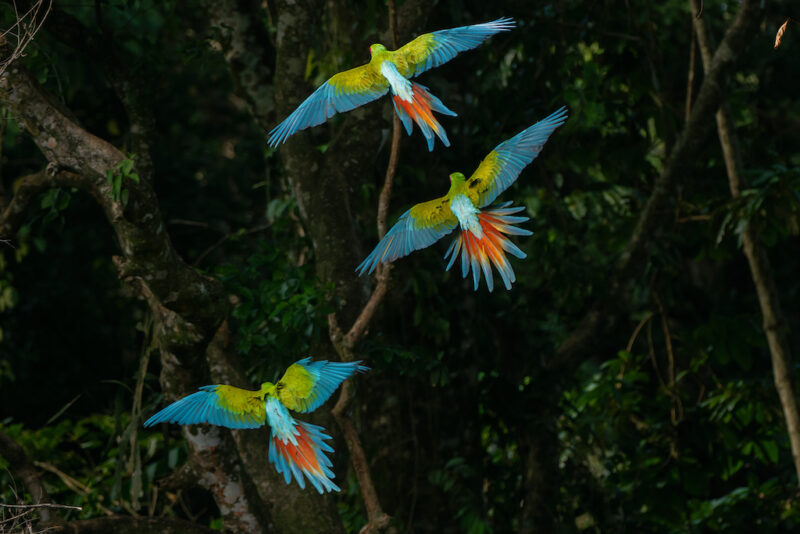
The tropical climate of Costa Rica guarantees amazing birding year-round. You can enjoy around 600 resident species; the remaining 332+ migratory species mostly come from North America. In mid-August the first migratory species, mostly waterfowl, begin to arrive to avoid the harsh winter of the North. Between September and November other species begin to sail our skies in search of food. Therefore, the greatest species diversity can be observed from November until the middle of April, when migrants depart for North America.
Where to go to birding?
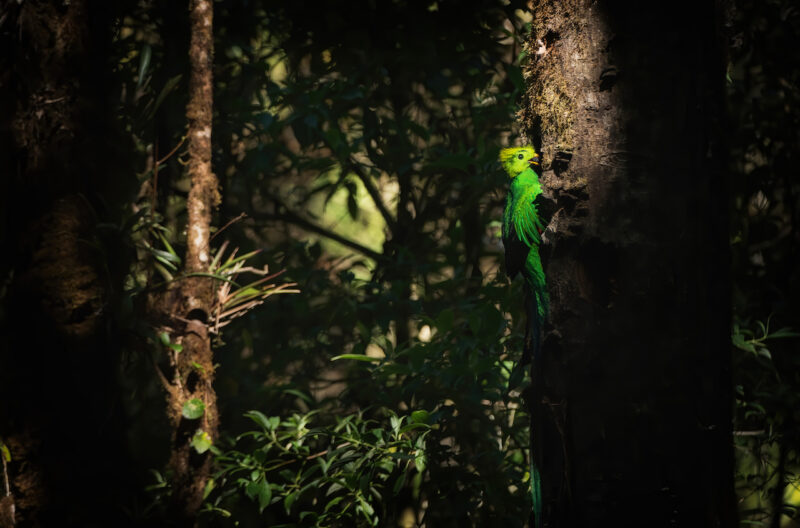
Emblematic species are found in each of the different regions of Costa Rica. Here you have a brief explanation of those areas:
North Pacific.
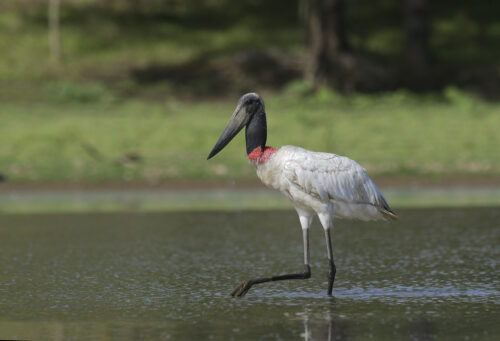
Land of countless recreation options, Guanacaste is the cradle of Costa Rican culture and home to six life zones. With Liberia Costa Rica as its capital city, it has large and extensive plains and many wetlands rich in birdlife such as the Palo Verde National Park, La Ensenada, La Hacienda Solimar, and some areas of mangroves.
This region also includes Rincon de la Vieja National Park, which has an active volcano, bubbling mud pots, waterfalls, and trails where you will see an abundance of flora and fauna. The Santa Rosa National Park, part of the Guanacaste Conservation Area, is connected to the high elevation cloud forests of Orosi and Cacao volcanoes, creating a biological corridor for birds and other wildlife and protecting wide-ranging species such as jaguars and pumas.
Warm water and beautiful beaches are also options for this part of your trip. The Guanacaste area has a very warm and dry climate and is known for species such as the Jabiru (stork), Lesser Ground-cuckoo, Long-tailed Manakin, Pacific Screech-Owl, Spot-breasted Oriole, and Mangrove Hummingbird.
Central Pacific.
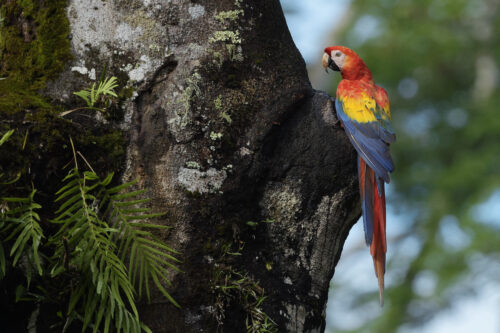
This region offers a great combination of mountainous coastline, incredible landscapes, beaches, national parks, natural reserves, and easy access, warm water of the Pacific Ocean is home to migrating whales and pods of dolphins, and the climate is similar to that of the North Pacific but is a little bit more humid.
For birders, Carara National Park is a must-see: this 5.24-hectares handicapped-accessible park protects a transitional forest between the North Pacific region and the more humid forests of the southern part of the country and includes swamps, gallery forest, secondary forest and primary forest.
The Tarcoles River is a notable birding hotspot. The Central Pacific region is the home of species such as the ever-admired Scarlet Macaw, Orange-collared Manakin, Streak-chested Antpitta, American Pygmy Kingfisher, and Marbled Wood-Quail.
South Pacific
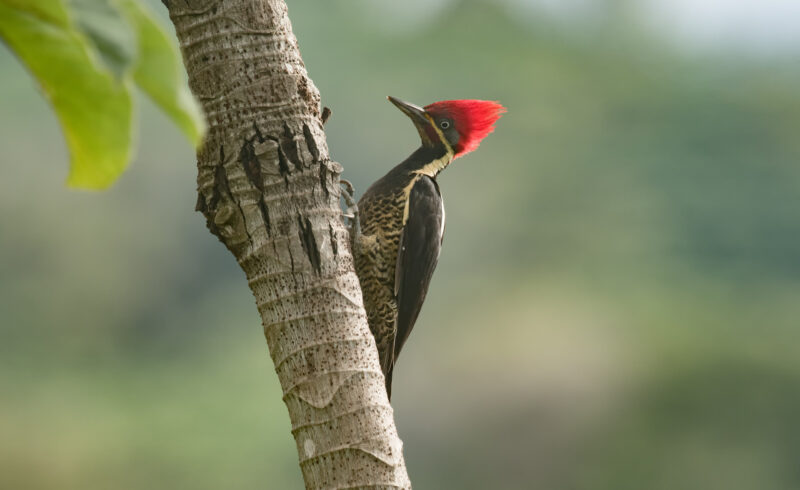
The South Pacific is one of the wildest regions of the country. Covered in rainforest that extends along some of Costa Rica’s most beautiful and stunning beaches, this is also an excellent area for exploring mangroves and estuaries along the coastline.
Coco Island is a remote island located 300 miles offshore with a total of 85 bird species, including four endemic species. Corcovado National Park contains one of the wildest forests in Central America, as well as about 400 species of birds, and offers fantastic opportunities for trekking and/or boating along remote areas of the coast.
Isla del Caño National Park encompasses turquoise blue water with gorgeous coral reefs, and Marino Ballena National Park is also of great biological value with an amazing variety of bird life. While staying in these places you will observe some of the endemic species of Costa Rica, such as the Black-cheeked Ant-tanager, Red-rumped Woodpecker, Crested Oropendola, Rusty-margined Flycatcher, Sapphire-throated Hummingbird, and Savanna Hawk, just to name a few.
Highlands
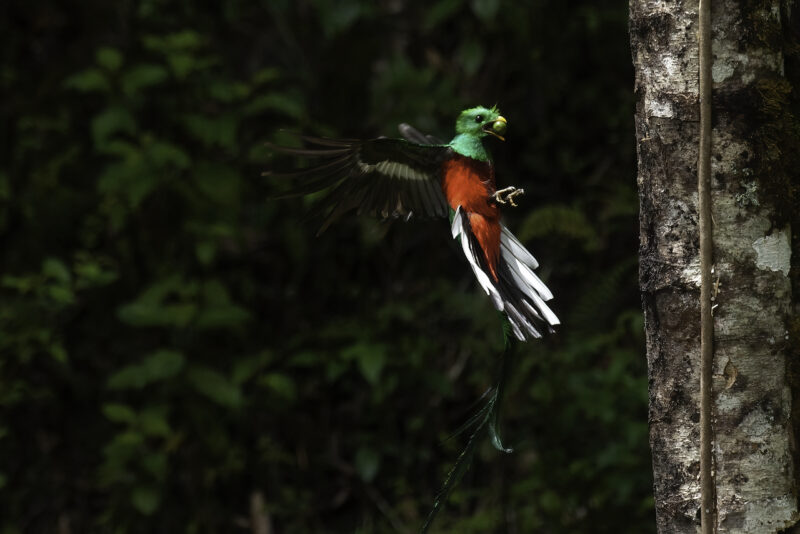
Extending down the Central Mountain Range, Costa Rica’s highlands are home to national parks and protected reserves and offer breathtaking vistas of forest-clad mountains. Endowed with beautiful old-growth oak forest and well-visited towns such as Monteverde, this region includes multiple avifauna sanctuaries with around 400 species of birds.
The Resplendent Quetzal, one of the most sought-after targets for many birders, can be found in areas like the Monteverde Cloud Forest Reserve, one of the most-visited places in this region due to its unique biodiversity. Several hotels in Monteverde offer excellent accommodations for a wide range of travel budgets.
San Gerardo de Dota is a paradise according to many bird lovers and nature enthusiasts who are enjoying their Costa Rica vacations. At an elevation of 2,200m (7000 feet), the spectacular montane oak forest and open paramo ecosystems will give you the chance to view some of the 200-colorful species of birds, including the Resplendent Quetzals, who mate during the first months of the year. The highlands also offer an incredible diversity of hummingbird species whose iridescent rainbow of colors will leave you in awe.
At highland sites, you will see species such as the Fiery-throated Hummingbird, Long-tailed Silky-flycatcher, Costa Rican Pygmy Owl, Red Barbet, Resplendent Quetzal, Emerald Toucanet and the beautiful Golden-browed Chlorophonia.
Atlantic area.
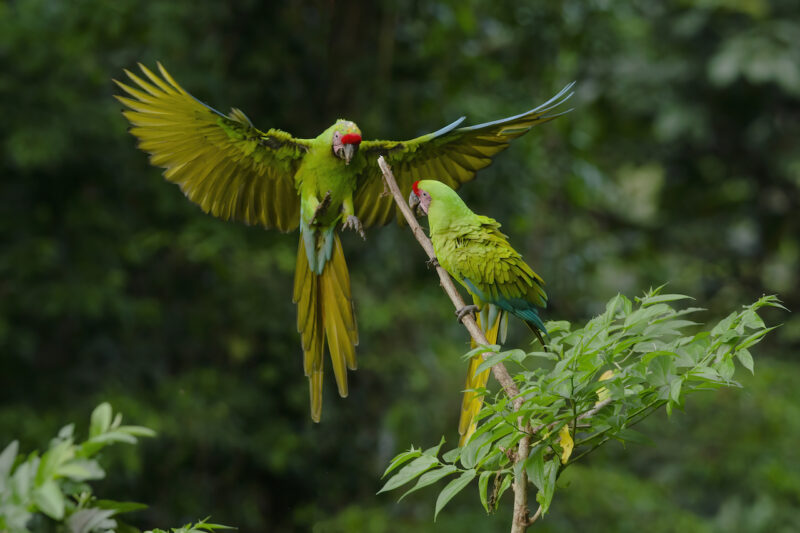
The Atlantic area is home to the greatest avian biodiversity in Costa Rica and is characterized by a very humid climate and an evergreen rainforest. Tortuguero Wildlife Refuge on the northeastern coast was declared a National Park in 1970 due to the exceptional biodiversity of its Costa Rica beaches, estuaries, canals, wetlands and the mysterious forest where there have been reported sightings of Harpy Eagles, one of the most sought-after species for many birders.
Caño Negro Wildlife Refuge, located near the Nicaragua border, is a wetland refuge and home to many migratory waterfowl such as Glossy Ibis, American White Pelican, many duck species, and the Jabiru, the largest bird in Central America. This is also one of the best places in Costa Rica to see Nicaragua Grackles.
Another birding hotspot is La Selva Biological Station, an active research station and protected area of around 1,600 ha of lowland wet forest. With a combination of primary forest, secondary forest, open areas and a great variety of host plants, La Selva is home to almost half of the species in Costa Rica.
Those species include the endangered Great Green Macaw, the famous King Vulture, the Spectacled Owl (our largest owl species), the endemic Coppery-headed Emerald, the beautiful Sunbittern, the always sought-after Bare-necked Umbrella Bird, and the mysterious Ornate Hawk-eagle.
Costa Rica is biologically rich in forests, rivers, mountains, beaches, flora and fauna and is a true paradise for birders of any level. A birding trip to Costa Rica gives you the chance to see amazing birds in majestic landscapes with local expert guides and is a wonderful and unforgettable adventure.
